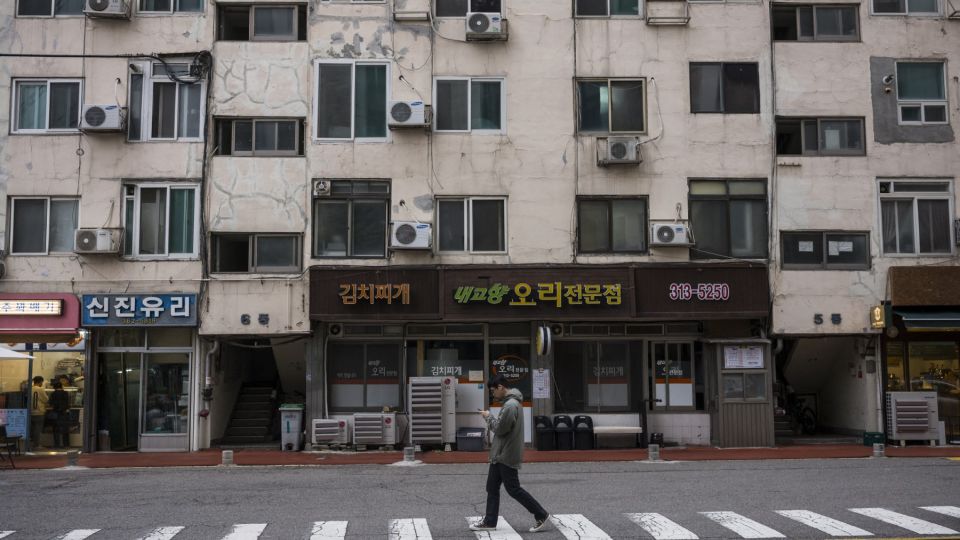September 16, 2025
SEOUL – With more people choosing to live alone, single-person households have become the most common household type in Seoul, according to a recent report by the Seoul Metropolitan Government.
The report, released Monday, analyzed changes in marriage and family structures among Seoul residents based on Statistics Korea’s annual census data.
The city government announced that almost 1.66 million single-person households were reported in Seoul in 2024, making up nearly 40 percent of all households. The figure was an increase from 1.63 million in 2023.
Two-person households accounted for 26.2 percent, while four-person households made up 12.3 percent.
As of July, people aged 60 and older comprised 20.2 percent of Seoul’s population, reflecting the city’s transition into a “superaged” society, where the total ratio of its population aged 65 and above surpasses 20 percent.
Households with at least one member aged 65 or older accounted for over 30 percent of all households, according to the city government.
Meanwhile, marriages in Seoul increased for a second consecutive year.
Though the official figure for marriages dropped sharply during the COVID-19 pandemic — from 44,746 in 2020 to 35,752 in 2022 — the number rebounded to 36,324 in 2023.
It rose again last year to 42,471 cases — a 16.9 percent increase from 2023.
The city government explained that the average age at first marriage was 34.3 years old for men and 32.4 years old for women.
International marriages accounted for approximately 10 percent of total marriages in Seoul. In 2024, 4,006 international marriages were registered, 2,633 of which were between Korean men and foreign women, with 1,373 between foreign men and Korean women.
The number of divorces decreased from 16,282 in 2020 to 12,154 in 2024. But the average age at divorce has increased to 51.9 years old for men and 49.4 years old for women in 2024, up more than a decade from 2000, when it was 40.8 for men and 37.4 for women.
More South Koreans are choosing to divorce at an older age as well. Divorce rates among people 60 and older accounted for over 3 percent of divorces in 2000, but the figure jumped to 25 percent in 2024.
Households with at least one child aged 5 or younger saw a declining trend.
The number of such households dropped from around 350,000 in 2016 to approximately 200,000 in 2024, a decrease of more than 40 percent over eight years.
The city government added that the number of young children fell from about 440,000 to 240,000, reflecting the ongoing trend of low birth rates.
“We will plan inclusive policies that reflect the changing family dynamics, such as preventing social isolation and loneliness, ensuring stable housing for young people, and creating a child-friendly environment so that no one is left behind,” said the city government official in a press release Monday.


